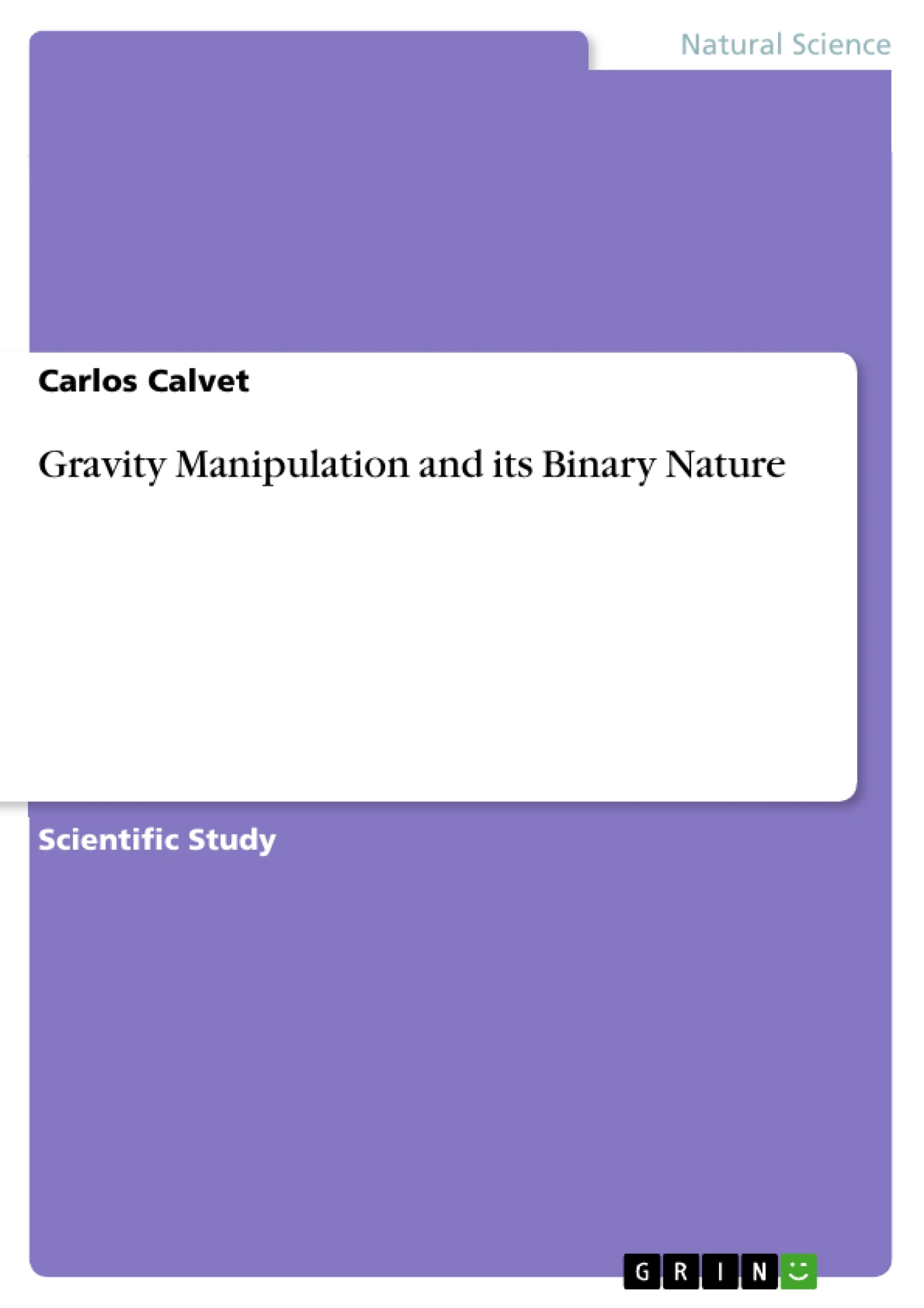By assigning the elementary Planck units to the units of Newton’s Gravitational Constant (G), it resulted that G is actually a function of vacuum (zero point) energy (ZPE) and that it can be therefore manipulated. This paper cites and discusses some possible kinds of Gravity manipulation. ZPE appears to reduce gravity as it is inversely proportional to the gravitational force.
From Coulomb’s Constant, the “Planck charge” (qP) and the corresponding quantum vacuum (QV) lepton/photon ratio are calculated, the latter by dividing qP by the Planck mass. The QV-lepton/photon ratio is very different to the analogous baryon/photon ratio that is predicted by Standard Model, demonstrating that the QV and space-time are two different entities (e.g., that they have a different number of dimensions). A dimensional model for the QV that evolves from, and is supported by, the lepton/photon ratio is presented herein, together with emerging technologies.
By expressing natural constants in terms of Planck units, we found that the Universal Gravitation Constant is the inverse of vacuum density matter-equivalent and the square of Planck time, being the former equal to Planck mass divided by Planck volume. The corresponding new equation of gravitation presented here reveals that gravitation can be manipulated via vacuum energy. Additionally, from Coulomb’s constant, we can derive the “Planck charge” and the corresponding density of virtual vacuum particle pairs. A discussion of the ramifications of these findings is also presented.
Table of Contents
- PART 1
- Gravitation and Inertia as a Consequence of Quantum Vacuum Energy
- Abstract
- Introduction
- "G" as a Function of QV-ZPF Mass-Density Equivalent.
- Demonstration that (5) is Correct.
- Relationship between the ZPF Mass-Density Equivalent and ZPE Density Flow.
- Conclusions and Discussion
Objectives and Key Themes
This paper explores the connection between quantum vacuum energy (ZPE) and gravity. The author demonstrates that Newton's gravitational constant (G) is a function of vacuum energy and provides a new equation for gravity at the quantum level. Additionally, the paper discusses the role of ZPE in inertia and proposes a new explanation for “electrogravity” in weak gravity shielding experiments.
- The relationship between Newton's gravitational constant (G) and quantum vacuum energy (ZPE)
- The role of ZPE in the phenomenon of inertia
- The explanation of “electrogravity” as a result of ZPE manipulation
- A new equation for gravity at the quantum level
- The concept of "vacuum repulsion reaction" as a counteracting force to mass attraction
Chapter Summaries
- Abstract: This section introduces the paper's main thesis: that Newton's gravitational constant (G) is a function of vacuum energy (ZPE). It suggests that ZPE reduces gravity and presents the concept of the "ZPF mass-density equivalent," which can be calculated by equating Planck mass to the mass of ZPE within a Planck volume.
- Introduction: This section provides a brief historical overview of the development of concepts related to gravity and quantum vacuum energy. It mentions the work of Isaac Newton, Max Planck, Werner Heisenberg, Paul Dirac, and H.G.B. Casimir, highlighting their contributions to understanding the nature of gravity, quantum mechanics, and the vacuum.
- "G" as a Function of QV-ZPF Mass-Density Equivalent: This section presents the derivation of an equation that expresses G as a function of the "ZPF mass-density equivalent." It utilizes Planck units and the previously calculated value of ZPE mass-density to demonstrate the inverse relationship between ZPE and gravitational force.
- Demonstration that (5) is Correct: This section provides an alternative method for validating the equation for G as a function of ZPE. It uses the concept of Planck mass in a Planck volume to demonstrate the accuracy of the derived equation.
- Relationship between the ZPF Mass-Density Equivalent and ZPE Density Flow: This section establishes a connection between the ZPF mass-density equivalent and the energy density flow of ZPE at the Planck frequency cutoff. It demonstrates that these two seemingly different parameters are unified through a simple equation.
Keywords
The core keywords and focus topics of this paper are: gravity, gravitational constant, zero point energy, inertia, electrogravity, quantum vacuum, Planck units, ZPF mass-density equivalent, vacuum repulsion reaction. The paper explores the connection between these concepts to shed light on the nature of gravity and its relationship to the quantum vacuum.
- Quote paper
- Dr. Carlos Calvet (Author), 2003, Gravity Manipulation and its Binary Nature, Munich, GRIN Verlag, https://www.grin.com/document/39804



